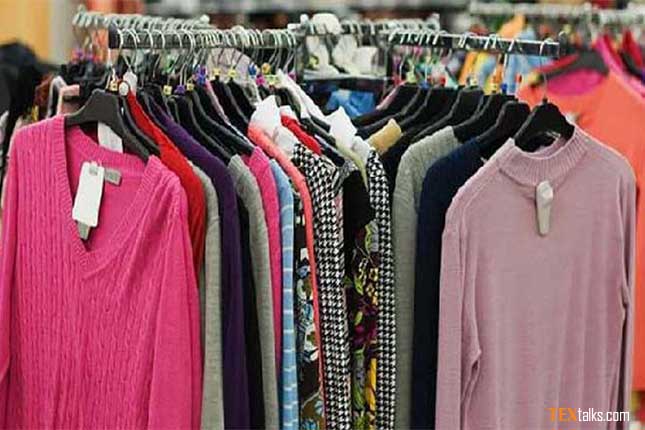Apparel manufacturing has significant environmental impacts at each step in the supply chain which are opaque. Many brands lack the knowledge of how or where their clothes are made. But no more as traceability is becoming a new fashion trend.
Every year 39,000 tons of unsold clothes from Europe and the United States end up in Chilean landfills. Moreover roughly a quarter of the clothes that are sold are never worn before eventually being discarded. Buyers are now pushing brands for sustainable production that avoid sweatshop labor; that use organically grown natural fibers instead of petroleum-based synthetics; that are eliminating toxic dyes and heavy metals from their production processes.
To make the fashion industry more sustainable we need improvements across every step of the fashion supply chain. Fashion Transparency Index, in 2022, states that only 48 percent of brands published their first-tier manufacturers, and only nine of the 250 brands studied achieved a 90 percent transparency score. Brands cannot be transparent about supply chains they don’t – or can’t – track. Textile supply chains are notoriously complex and almost completely opaque, even to participants in the process.
If companies don’t know where their products come from and how they are made, they can’t protect the environment or worker rights and safety.
The Made In label seen on apparel is almost useless. It only relates to the final assembly of the product. And polluting sweatshops exist even in countries like the United States and England that have supposedly high standards for environmental practices and working conditions. Before brands can provide transparency in fashion labeling, they need to be able to trace the path their products have traveled. Traceability means knowing where and how every single part of a garment was made, from “farm to finish line,” identifying every step, or tier, in the supply chain.
Traceability starts from raw material suppliers like farms and synthetic fiber factories. Then come the processors like textile spinners and processors. The next and important traceability is needed at the fabric dyeing and finishing stage and finally at the factory where the cut and sew operations take place.
There are few companies that could boast of fully transparent traceability at every stage of production. The traceability at the factory stage where apparel is finally produced is mostly traceable to minutest details. There is software that identifies the shift in which a garment was made with the name of each individual involved from cutting to packing. But the traceability becomes progressively opaque as we go down to dyeing, spinning and farm level.
New tools like smart tags, TrusTrace, and the Open Apparel Registry are making traceability easier for companies. The Swedish company Asket performs farm to factory tracing with full transparency to the consumer. They eliminate supply chain steps by selling direct to the consumer and extend product lifecycles through repair and resale programs.
Denim brand Amendi is 100 percent transparent, as well as traceable. Customers can use the SKU number for their purchased items to trace its production path.



